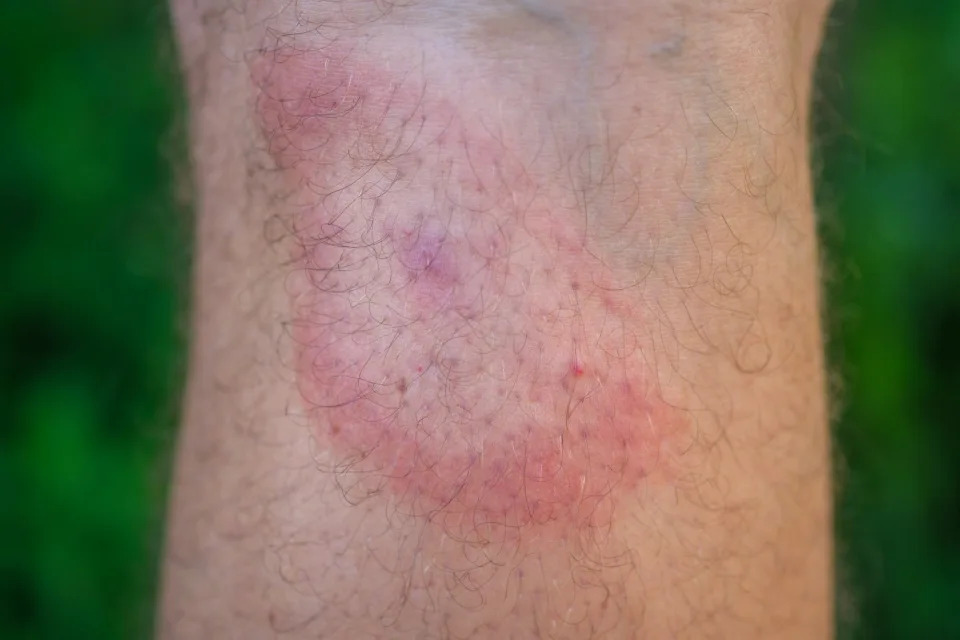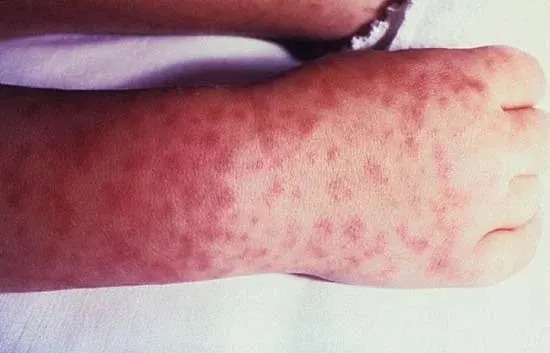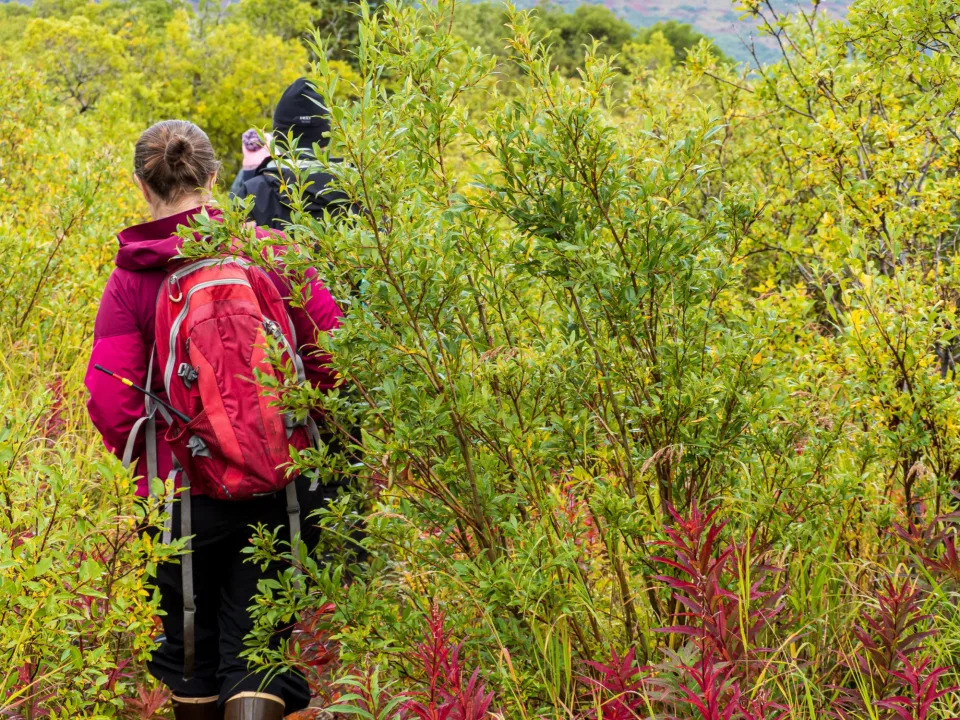The New York Times
The Energy Transition Is Underway. Fossil Fuel Workers Could Be Left Behind.
Madeleine Ngo – July 14, 2023

WASHINGTON — Tiffany Berger spent more than a decade working at a coal-fired power plant in Coshocton County, Ohio, eventually becoming a unit operator making about $100,000 annually.
But in 2020, American Electric Power shut down the plant, and Berger struggled to find a job nearby that offered a comparable salary. She sold her house, moved in with her parents and decided to help run their farm in Newcomerstown, Ohio, about 30 minutes away.
They sell some of the corn, beans and beef they harvest, but it is only enough to keep the farm running. Berger, 39, started working part time at a local fertilizer and seed company last year, making just one-third of what she used to earn. She said she had “never dreamed” the plant would close.
“I thought I was set to retire from there,” Berger said. “It’s a power plant. I mean, everybody needs power.”
The United States is undergoing a rapid shift away from fossil fuels as new battery factories, wind and solar projects, and other clean energy investments crop up across the country. An expansive climate law that Democrats passed last year could be even more effective than Biden administration officials had estimated at reducing fossil fuel emissions.
While the transition is projected to create hundreds of thousands of clean energy jobs, it could be devastating for many workers and counties that have relied on coal, oil and gas for their economic stability.
Estimates of the potential job losses in the coming years vary, but roughly 900,000 workers were directly employed by fossil fuel industries in 2022, according to data from the Bureau of Labor Statistics.
The Biden administration is trying to mitigate the impact, mostly by providing additional tax advantages for renewable energy projects that are built in areas vulnerable to the energy transition.
But some economists, climate researchers and union leaders said they are skeptical the initiatives will be enough. Beyond construction, wind and solar farms typically require few workers to operate, and new clean energy jobs might not necessarily offer comparable wages or align with the skills of laid-off workers.
Coal plants have been shutting down for years, and the nation’s coal production has fallen from its peak in the late 2000s. U.S. coal-fired generation capacity is projected to decline sharply to about 50% of current levels by 2030, according to the Energy Information Administration. About 41,000 workers remain in the coal mining industry, down from about 177,000 in the mid-1980s.
The industry’s demise is a problem not just for its workers but also for the communities that have long relied on coal to power their tax revenue. The loss of revenue from mines, plants and workers can mean less money for schools, roads and law enforcement. A recent paper from the Aspen Institute found that from 1980 to 2019, regions exposed to the decline of coal saw long-run reductions in earnings and employment rates, greater uptake of Medicare and Medicaid benefits and substantial decreases in population, particularly among younger workers. That “leaves behind a population that is disproportionately old, sick and poor,” according to the paper.
The Biden administration has promised to help those communities weather the impact, for both economic and political reasons. Failure to adequately help displaced workers could translate into the kind of populist backlash that hurt Democrats in the wake of globalization as companies shifted factories to China. Promises to restore coal jobs also helped Donald Trump clinch the 2016 election, securing him crucial votes in states such as Pennsylvania.
Federal officials have vowed to create jobs in hard-hit communities and ensure that displaced workers “benefit from the new clean energy economy” by offering developers billions in bonus tax credits to put renewable energy projects in regions dependent on fossil fuels.
If new investments like solar farms or battery storage facilities are built in those regions, called “energy communities,” developers could get as much as 40% of a project’s cost covered. Businesses receiving credits for producing electricity from renewable sources could earn a 10% boost.
The Inflation Reduction Act also set aside at least $4 billion in tax credits that could be used to build clean energy manufacturing facilities, among other projects, in regions with closed coal mines or plants, and it created a program that could guarantee up to $250 billion in loans to repurpose facilities like a shuttered power plant for clean energy uses.
Brian Anderson, the executive director of the Biden administration’s interagency working group on energy communities, pointed to other federal initiatives, including increased funding for projects to reclaim abandoned mine lands and relief funds to revitalize coal communities.
Still, he said that the efforts would not be enough, and that officials had limited funding to directly assist more communities.
“We’re standing right at the cusp of potentially still leaving them behind again,” Anderson said.
Phil Smith, the chief of staff at the United Mine Workers of America, said that the tax credits for manufacturers could help create more jobs but that $4 billion likely would not be enough to attract facilities to every region. He said he also hoped for more direct assistance for laid-off workers, but Congress did not fund those initiatives.
“We think that’s still something that needs to be done,” Smith said.
Gordon Hanson, the author of the Aspen Institute paper and a professor of urban policy at the Harvard Kennedy School, said he worried the federal government was relying too heavily on the tax credits, in part because companies would likely be more inclined to invest in growing areas. He urged federal officials to increase unemployment benefits to distressed regions and funding for workforce development programs.
Even with the bonus credit, clean energy investments might not reach the hardest-hit areas because a broad swath of regions meets the federal definition of an energy community, said Daniel Raimi, a fellow at Resources for the Future.
“If the intention of that provision was to specifically provide an advantage to the hardest-hit fossil fuel communities, I don’t think it’s done that,” Raimi said.
Local officials have had mixed reactions to the federal efforts. Steve Henry, the judge-executive of Webster County, Kentucky, said he believed they could bring renewable energy investments and help attract other industries to the region. The county experienced a significant drop in tax revenue after its last mine shut down in 2019, and it now employs fewer 911 dispatchers and deputy sheriffs because officials cannot offer more competitive wages.
“I think we can recover,” he said. “But it’s going to be a long recovery.”
Adam O’Nan, the judge-executive of Union County, Kentucky, which has one coal mine left, said he thought renewable energy would bring few jobs to the area, and he doubted that a manufacturing plant would be built because of the county’s inadequate infrastructure.
“It’s kind of difficult to see how it reaches down into Union County at this point,” O’Nan said. “We’re best suited for coal at the moment.”
Federal and state efforts so far have done little to help workers like James Ault, 42, who was employed at an oil refinery in Contra Costa County, California, for 14 years before he was laid off in 2020. To keep his family afloat, he depleted his pension and withdrew most of the money from his 401(k) early.
In early 2022, he moved to Roseville, California, to work at a power plant, but he was laid off again after four months. He worked briefly as a meal delivery driver before landing a job in February at a nearby chemical manufacturer.
He now makes $17 an hour less than he did at the refinery and is barely able to cover his mortgage. Still, he said he would not return to the oil industry.
“With our push away from gasoline, I feel that I would be going into an industry that is kind of dying,” Ault said.









